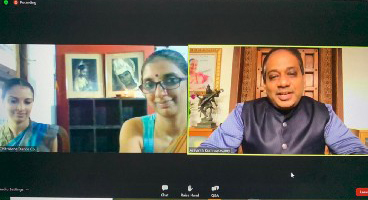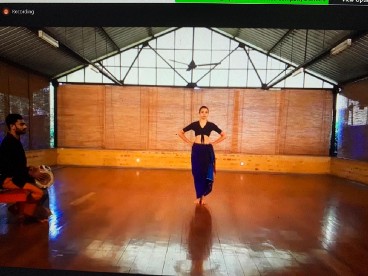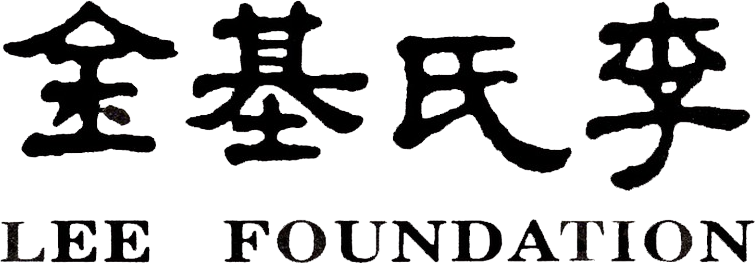For the first time ever, in the history of Apsaras Arts’ Dance India Asia Pacific, participants were privy to a session exclusively dedicated to the history, practice and performance of Kandyan Dance by the Chitrasena Dance Company. Introducing the session, DIAP’s Curator, Aravinth Kumaraswamy said that it was a matter of great pride for the dance that belongs to the country he hails from — Sri Lanka — finds a platform on a global stage and the possibility of participants to appreciate the beauty and nuances of this brilliant dance form.

Helmed by Heshma Wignaraja, Artistic Director of the Chitrasen dance company and its resident choreographer, whose grandfather was the legendary Chitrasen, founder of the dance company, and whose grandmother, Vajira, who began her journey as Chitrasen’s pupil, his partner on stage and off it thereafter and went on to become the prima ballerina of dance in Sri Lanka.
Breaking the lec-dem into two parts, Heshma first touched upon the history of Kandyan dance referring to how it began as a ritual of sorts nearly 2500 years and originally had a mythical quality associated with it. Over time, in villages, the repository of the dance grew in the tradition of oral history and Kandyan dance evolved into becoming a dance ritual of sorts.
In the early 30 and 40s, as society became organised, the dance found its way to modern stage. Chitrasena’s contribution, as Heshma pointed out was to distill the dance form from the rituals and infuse in them a sense of theatre in a manner that it became accessible to contemporary audiences. “Honestly, the genius of Chitrasena is that he didn’t seek to transform traditional dance forms,” she said, “In his world, new was an extension of the old.”
The Chitrasena Dance Company was also instrumental in breaking barriers of caste, and gender barriers on stage. A pure, abstract dance form, without a linear narrative, Kandyan dance, was originally only performed by males and it’s ironical that today, there are more women who practice this form.
The partner of a dancer in this dance form is undoubtedly the drums. Likening to the idea of a marriage, where one partner is incomplete without the other, Heshma spoke about how for a dancer to really understand her dance, it is imperative for her/him to understand the body of the drum and therefore translate that in movement.

The second half of the demonstration was focussed on allowing participants appreciate not merely the many parts that comprise the language and vocabulary of this dance but also the process that goes into training dancers into being performers, on stage. Starting from the stance, the five central positions of the arms and the feet, the patterns it draws in space, the sentence structures, the way paragraphs find expression, the beauty and the strength of jumps, the recorded demonstration by Thaji Dias, Principal Dancer of the Chitrasena Dance Company gave audiences a crystal-clear sense of the language of this form.
Demonstrating jumps in Kandyan dance
Another excerpt from the demonstration by Thaji Dias
Needless to say, to appreciate nuances, one has to dig further. But if the framework in itself is as powerful as what we saw, one can only well imagine how poignant and magnificent its soul would be!
Up next
Silapadikaram- Dancer’s Delight by Dr Srilatha Vinod & Anjana Anand









